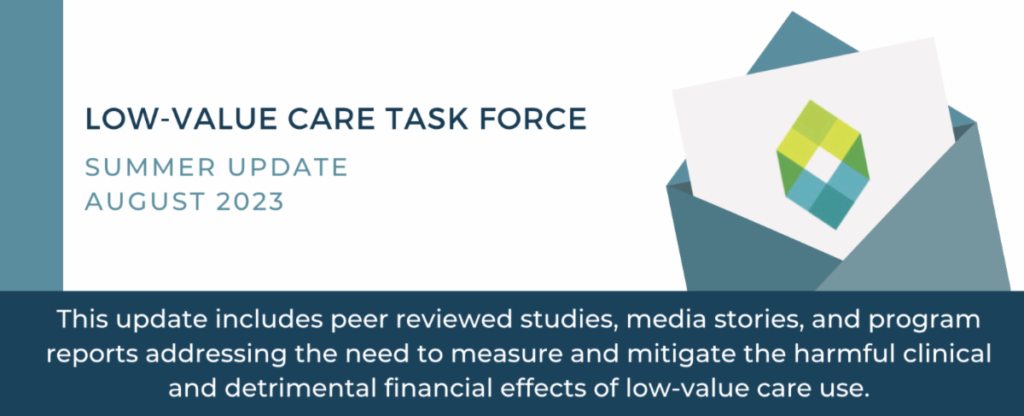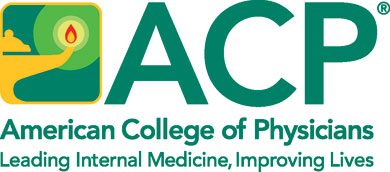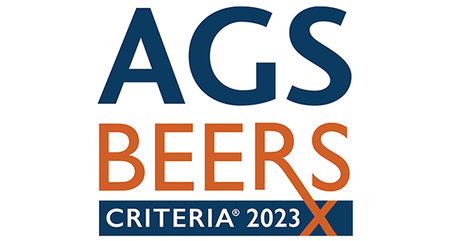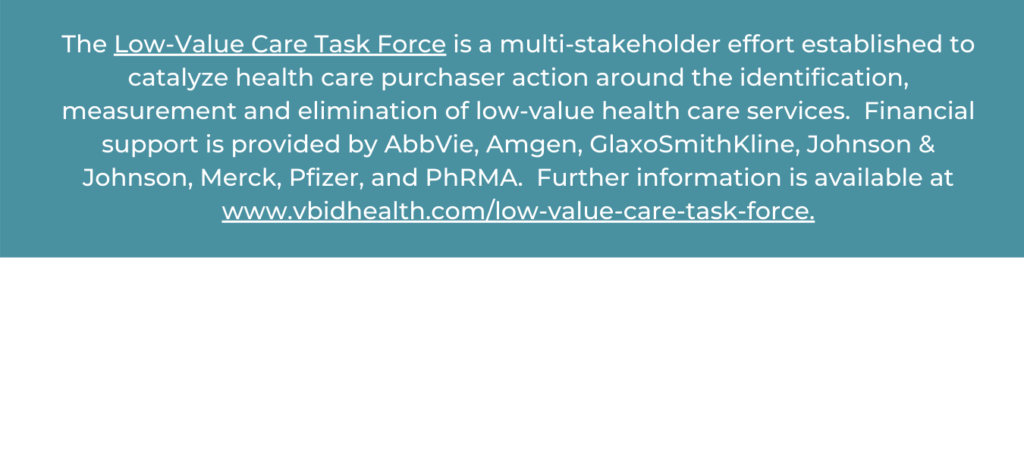
- Avoiding Low-Value Care and Patient Financial Harm in Cervical Cancer Screening
- Use of High- and Low-Value Care Among U.S. Adults by Education Levels
- High- and Low-Value Health Care Use Differences Between Immigrant & U.S. Born Adults
- Impact of Low-Value Care Received by Medicare Beneficiaries Outside of their Health System
- Reducing Overuse of 3-Day Repeat Type and Screen Testing Across 11-Hospital System
- Breast Cancer Overdiagnosis Common Among Older Women
- Updated BEERS Criteria Helps Spot Potentially Inappropriate Medication Use

Cervical cancer screening is especially susceptible to low-value care due to its early onset and frequency of use throughout an individual’s lifespan. A recent study estimates that in over 1M commercially insured Virginians, 34% of cervical cancer screenings were considered low-value. Researchers propose strategies to reduce low-value screening and reallocate resources to follow-up on abnormal screening results. Read more here.

High-income adults are more likely to receive preventive services than low-income adults, suggesting that trends of suboptimal care may be more pronounced among socially marginalized populations. New research examines whether receipt of high-and low-value care differs by education level. While findings did not show consistent patterns of the use of low-value care by education level, authors found that more educated adults were more likely to receive high-value care than less educated adults. This finding highlights the importance of implementing tailored policies to address education-based inequities in the delivery of high-value services.

Immigrant adults are less likely to use health care services than U.S.-born adults. In this study, researchers used data from the Medical Expenditure Panel Survey (MEPS) for 2007–2019 to examine the differential use of high- and low-value care among immigrant and U.S.-born adults. Before accounting for individual-level characteristics, researchers found that use of high- and low-value care was substantially lower among immigrant adults, demonstrating that SES, health insurance, and access to care are important factors associated with differential use. Additionally, findings reveal that the use of high-value care among immigrant and U.S.-born adults increased over time, but the use of low-value care did not decrease.

A recent Health Affairs study reveals that 43% of low-value care received by Medicare beneficiaries occurs outside of patients’ regular healthcare systems. This finding underscores the importance of not only addressing low-value care within health systems, but also improving coordination and communication between points of care to reduce unnecessary interventions and ensure better outcomes for Medicare beneficiaries.

JGIM study finds significant overuse of 3-day repeat type and screen (T&S) testing within the largest urban safety net health system in the U.S.A., leading to unnecessary cost and potential harm to patients. To curb unnecessary repeat testing, researchers implemented a two-pronged electronic health record intervention. This low-effort intervention led to a 48.7% reduction in duplicate T&S testing, providing a framework for similar interventions in various clinical settings.

Research published in Annals of Internal Medicine found that overdiagnosis of breast cancer, or diagnosis of cancers that never would have caused symptoms or posed a threat to health, was common among American women ages 70 to 85 who chose to undergo a mammogram, increasing their risk for unnecessary treatment. Researchers examined data from 54,635 U.S. women ages 70 and older, and they found overdiagnosis increased with age, with women ages 85 and older more likely to be overdiagnosed than those ages 70 to 84.

The American Geriatrics Society released the updated AGS Beers Criteria, a comprehensive list of medications older adults should avoid or consider using with caution because they often present unnecessary risks. The Beers Criteria is available as a mobile app and as a pocket reference card, both of which can be accessed here.

